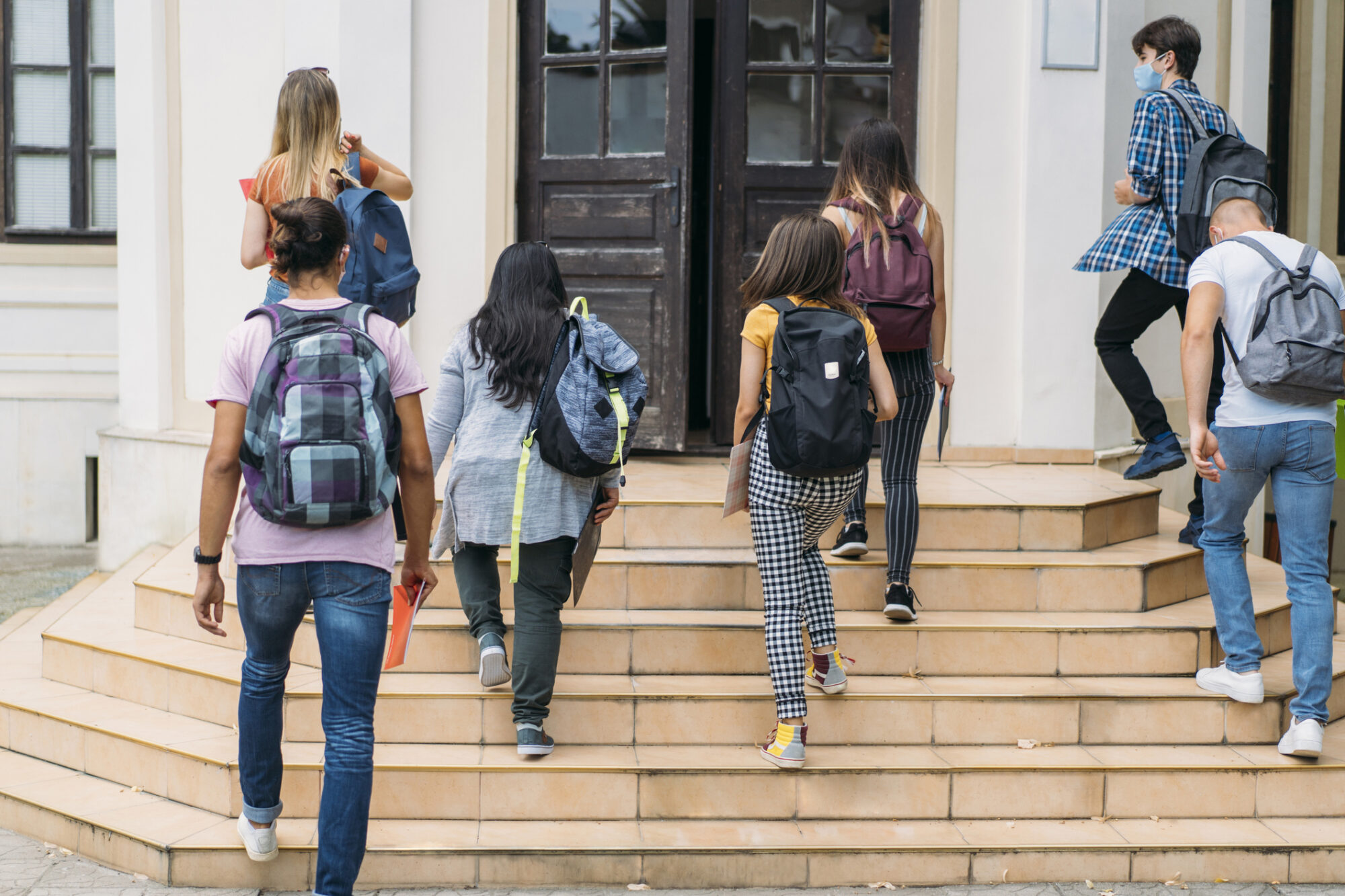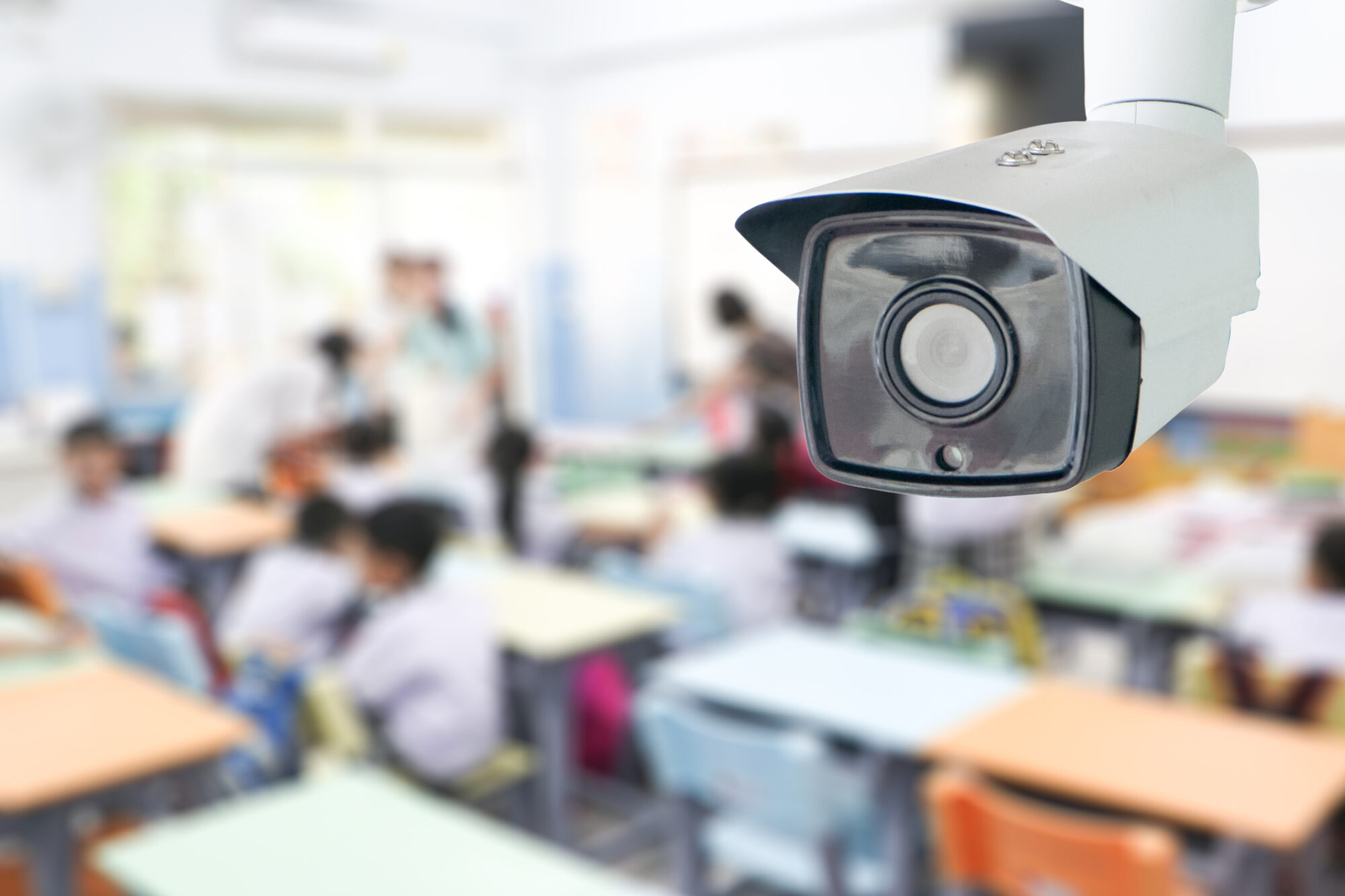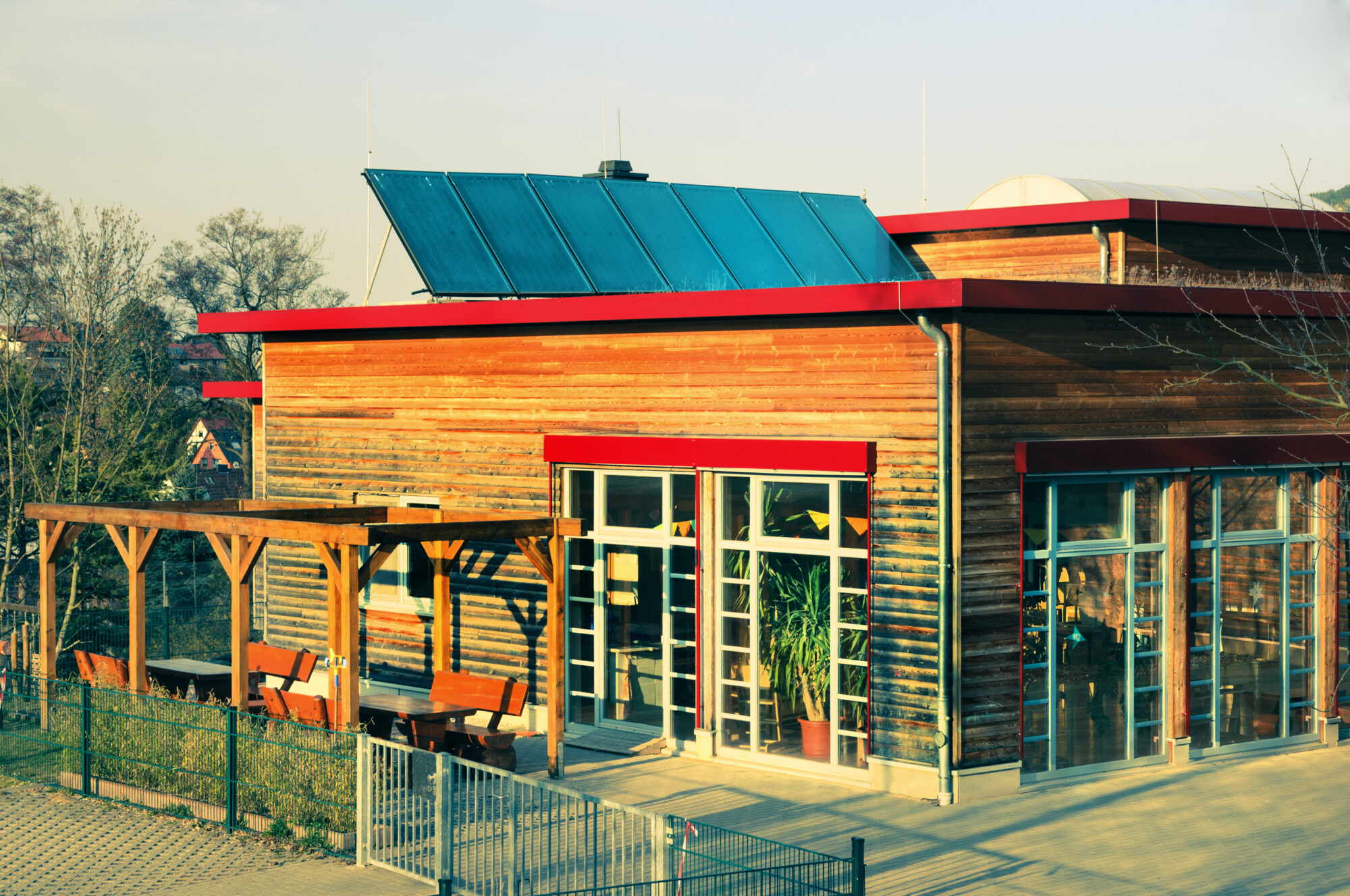A Multi-Faceted Approach to School Safety: EAPC Leads the Way
As the new school year kicks off, safety is top of mind for parents, educators, and us at EAPC Architects Engineers (EAPC). While we are known for our strong commitment to Crime Prevention Through Environmental Design (CPTED), we understand that proper school safety is a multi-faceted endeavor. Here’s how we incorporate a comprehensive approach to creating secure, effective learning environments.

CPTED as a Starting Point
CPTED’s principles—natural surveillance, territorial reinforcement, natural access control, and maintenance—provide a strong foundation. They guide us in designing layouts that are both functional and inherently secure. But CPTED is just a part of the broader safety ecosystem we consider.
Technological Integration
Integrating technology into our designs is a no-brainer in the age of smart buildings. Surveillance cameras, emergency alert systems, and controlled entry points equipped with biometric or key card access are essential tools in modern school safety. These features not only deter potential wrongdoers but also provide rapid response capabilities.

Collaborative Spaces for Cohesion
The design of a school impacts its social dynamics. We aim for methods that encourage community-building. Collaborative spaces where students and staff can interact help build relationships. A cohesive community is a vigilant one, better equipped to spot irregularities and potential threats.
Safety is not just about preventing external threats; it’s also about nurturing a healthy internal environment. Quiet rooms, dedicated counselors’ offices, and open, light-filled spaces can have a psychological impact, helping to alleviate stress and contribute to mental well-being.

Evacuation Planning
Our designs incorporate clearly marked and easily accessible evacuation routes. We work closely with local emergency services to develop plans that can be seamlessly executed in case of emergencies, reducing chaos and saving lives.
Ongoing Training and Adaptation
Safety isn’t a one-time feature built into the school; it’s a continuously evolving process. Our designs allow for the easy integration of new safety features as they become available. We also recommend regular safety drills for staff and students, training that could be a critical difference-maker in emergency situations.
An often-overlooked aspect of safety is sustainability. Schools designed with eco-friendly materials contribute to the planet’s well-being and offer better air quality and more natural light, creating a healthier environment for students and staff.

As we embark on another academic year, our commitment to a comprehensive approach to school safety remains more robust than ever. At EAPC, we see the confluence of CPTED, technology, social cohesion, mental well-being, emergency preparedness, and sustainability as the future of secure educational facilities. Let’s make this year a benchmark in creating environments that are as safe as they are conducive to learning.